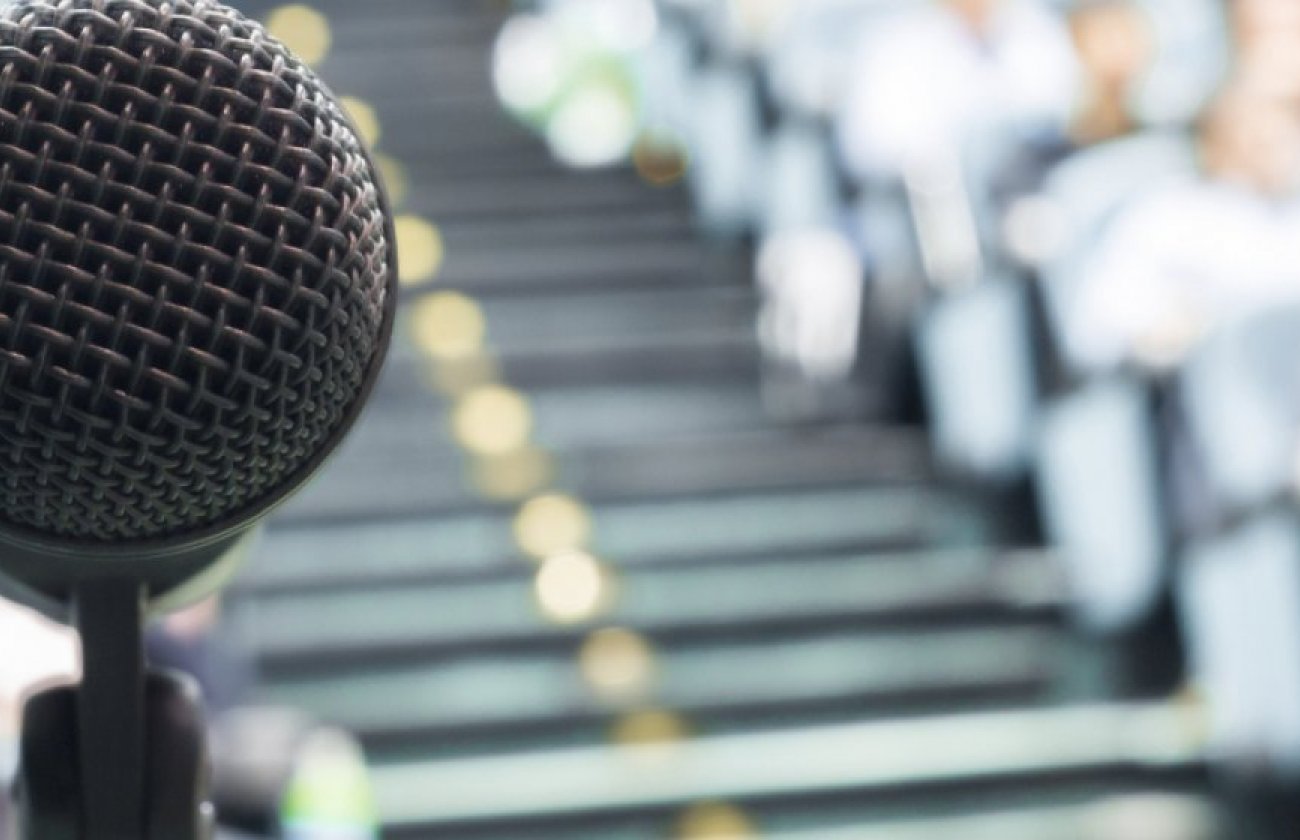What role can a university play in the "civic and community life” of the neighborhood around it?
Students, faculty, administrators and community members confront this question daily at schools across the country, but it has become increasingly pressing during USC’s current growth spurt. Evidence of an unprecedented expansion dots the campus, from the still-new Wallis Annenberg Hall, to active construction at Marshall, to a brand-new dance school and a $650 million redevelopment across Jefferson at University Village. Walk a bit father though, and the available indicators become mixed at best. The area’s overall crime rate is continuing a longstanding decline even as the jobless rate in South L.A. remains the city's highest.
The town/gown relationship is even more complex for black and brown youth who live and study at the intersection of these interlocked communities. Incidents of alleged racial profiling reinforce the sense among some of the university’s students of color that they’re surveilled and policed in ways their white classmates are not. Across the school's literal and notional border, young people who call university-adjacent neighborhoods home all too often describe encounters with both LAPD and USC public safety officers as an unwelcome “rite of passage.”
This academic year, a multipart, school-wide discussion led by members of USC Annenberg’s communication school has taken up all of these questions and added another important dimension: What unique contributions can a communication school make to a town/gown conversation? Convened under the banner of the USC's interdisciplinary Visions and Voices initiative and comprised of three events, "Voices of South L.A.” —organized by Alison Trope and Robeson Taj Frazier, professors of communication, and postdoctoral fellow George Villanueva — looks to deepen the USC community's understanding of its neighbors through a series of critical engagements and carefully crafted cultural encounters. The goal is to break both parties out of roles often assigned by rote — victim/victimizer, powerful/powerless, leader/led — by focusing on the novel forms of agency and invention South L.A.’s residents bring to bear on their issues and lives.
"We’re not trying to solve the problems in one evening, or in two evenings, even," Trope explained. "Our focus is on communicating stories, but also on the civics of those stories. Crafting a democratic lens through which these stories can be told becomes an important way [a communication school] thinks differently than, say, a cinema school. The cinema school works in documentaries, they do work in narrative, but the goal of their storytelling is slightly different. Here the storytelling really has a democratic purpose."
Frazier agrees that democratic purpose is what makes these conversations different than previous gatherings.
“We don’t want to focus simply on the challenges,” Frazier said, "but on the unique and inspiring ways organizers and community members build a community. We want our students to get a sense of the richness of the community that surrounds them, show them that leadership takes different kinds of forms."
The first of the Voices of South L.A. events, a spirited panel discussion on “Civic Action and Community Voice,” occurred last October and brought together journalists Erin Aubry Kaplan and Sahra Sulaiman, Los Angeles Human Relations Commission advisor Francisco Ortega, and executive vice president of the Community Coalition Alberto Retana. Moderated by Villanueva, the foundational conversation focused on the ways residents (in this case community members, bureaucrats, media and activists) have engaged with questions of identity and change South L.A. and encouraged attendees to share their own visions of the area.
The exercise underscored a complicating reality: our sense of who, what and where “South L.A.” is varies wildly depending on who is being asked. Villanueva opened the event with a common tourist map of Los Angeles where South L.A. is, as he put it, “USC, really."
"Our location is the northern part of a geographic boundary that's typically called South L.A.” Villanueva said. "But if you go where some of the more drastic issues are happening, you find yourself even more south and then even more south. South of Watts toward L.A. County cities like Compton and Gardena. This discussion is not just about USC, but about a broader range of regional and structural issues."
For more images from the event, visit USC Annenberg on Flickr.
This Thursday the conversation continues with Voices of South LA: Food, Recreation and the Arts as Social Justice. Underscoring Frazier’s call to examine other, unexpected forms of leadership, a wide-ranging group of community leaders and cultural workers will share "visions for food justice, urban agriculture, community arts and recreation,” including Ben Caldwell of the Leimert Park-based Kaos Network media center, Karen Mack of community arts organization LA Commons, Javier “JP” Partida of Los Ryderz Bike Club; and Neelam Sharma of the food-justice minded Community Services Unlimited. On March 7, the conversation will move out onto the streets, as LA Commons' Karen Mack leads a walking tour of South L.A. For Frazier, the combination of food and footwork are not just the bedrock of neighborliness, but they're also directly tied to the work of the communications school.







